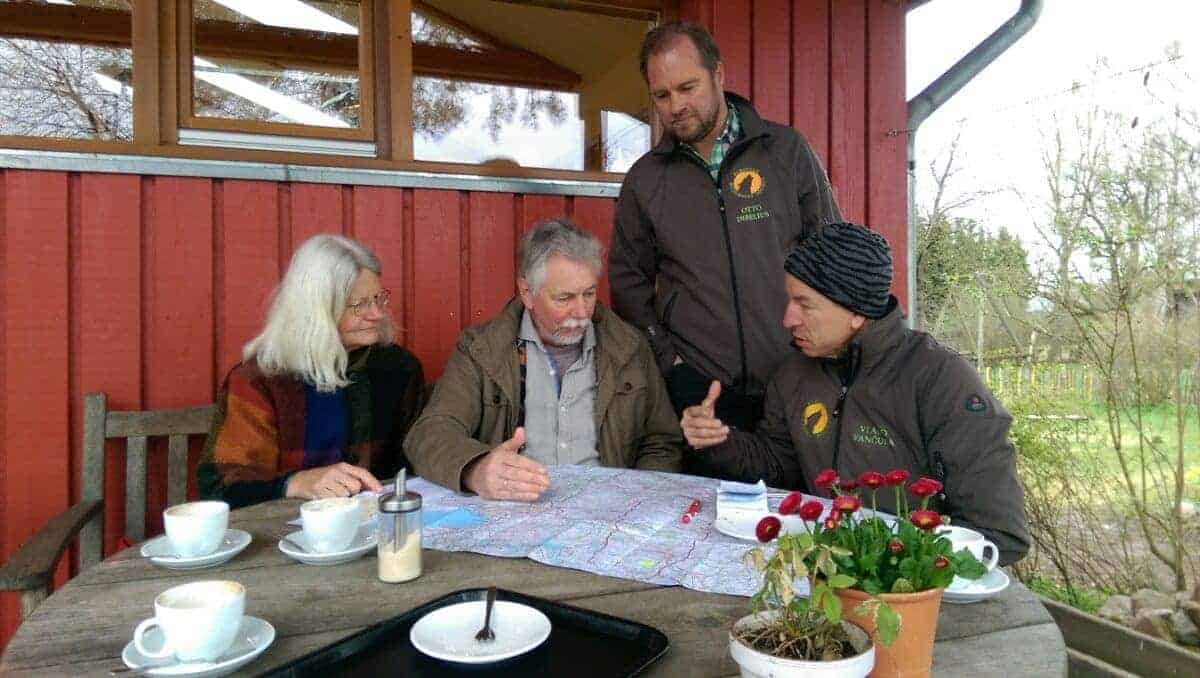Listening to nature
We often first consider the effect we have on nature through what we can see but in many cases we can hear changes before they become visible. Plants have been studied “hearing” the vibrations of water flowing through pipes and growing their roots towards them. Flowers have been observed responding to the buzz of bees to maximise the spread of their pollen. Shifts in bird calls and fauna communicating threats to surrounding plants when physically disturbed are easily overlooked.
UNESCO Sound Charter
We can imagine how degradation of a healthy natural environment could be impacting wildlife by our own responce to too much noise. Scentists showed that the average city volume increases heart rate, blood pressure and overall stress. The effect it has on wildlife can be similarly argued. In 2017 the United Nations Educational, Scientific and Cultural Organization (UNESCO), formed a sound charter to promote awareness of sound as a critical signifier in environmental health and urban planning. The former assistant director-general Frank La Rue announcing their ambitions in a heartfelt speech about how fundamental sound is to our existence.
Sound is the way we think and behave. Sound is all around us in nature. It is our first sense even before we are born. We are shaped by the sounds of our home, our parents, our community, during our whole learning process. We should appreciate sound just as we should appreciate the environment in general.
Acoustic properties of sounds in our environment
However it is not just volume and its impact that sound has on nature but also how changes in the environment alter its acoustic properties and what that can tell us. The harshness or softness of sounds within an environment is also altered by the variety or abundance of surface areas in a location. For example, the balance between absorptive surfaces, such as leaves, and reflective surfaces such as rocks and buildings. Sound also travels further through denser, colder air, than through warm air. And seasonal changes in foliage density alter the reverberation or “echo” characteristics within a location.
This increasing reverberation in areas impacted by reduced plant density may disrupt mating calls. It could also potentially make it more difficult for predators to hear their prey and drive wildlife further out from their usual habitats. Animal behaviour also shifts as the sun rises and sets corresponding with changes in air density.
Research and results
Acoustic Ecologist Garth Paine and his research project, Ecosonic, is looking at whether psychoacoustic properties of environmental sound correlate with weather conditions. If they do, they’re looking to find out whether they can use models of regular sound recordings to predict long-term impacts of climate change on the acoustic properties of environments. Initial tests show a positive, statistically significant relationship between acoustic diversity and cloud cover, wind speed and temperature. Meaning, as these variables increase, acoustic diversity does too. They are also finding a significant inverse relationship between acoustic diversity and dewpoint and visibility: As these factors increase, acoustic diversity decreases.
Promoting stewardship and new research projects
Understanding these changes could better inform us of the health of the environment giving us another tool to measure the impact we are having on wildlife. This work also has the added benefit of promoting stewardship and getting people to expand their own perceptions of the natural world by further considering the acoustic properties of the environment around them and what’s effecting it. The Acoustic Ecology Lab have connected science, art and public communities together in teaching listening and field recording workshops. Participants can go out and record at their local national parks and monuments, gathering a large variety of recordings which can be useful in musical workshops that produce music composing of only natural sounds recorded by the volunteers in their local communities.
The European Wilderness Society have started a new project: Eulen Spiegel (Owls in Focus) to develop and improve conservation of fauna biodiversity in forests and forest edges and how human management impacts owl populations in the Alps. Using Bioacoustics, partners will record the health and numbers of owls in certain areas by the length of their hoots and comparing them.










Noise has a major effect on our mental well being but we allow the sale of souped up cars, motorbikes,jet skis and other similar machines that they know full well will be used to destroy peoples mental health and tear up the countryside.I always find it such a double standard that in most countries you need hard to get licenses for firearms but not one for a motor vehicle perhaps technically you need one to drive it although there’s hardly any law enforcement around this but not to actually buy one.